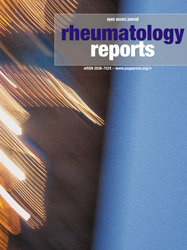Articles
27 August 2010
Vol. 2 No. 1 (2010)
Associations of serum leptin concentration with gender, fat mass, interleukins, and growth factors in patients with osteoarthritis of the knee

Publisher's note
All claims expressed in this article are solely those of the authors and do not necessarily represent those of their affiliated organizations, or those of the publisher, the editors and the reviewers. Any product that may be evaluated in this article or claim that may be made by its manufacturer is not guaranteed or endorsed by the publisher.
All claims expressed in this article are solely those of the authors and do not necessarily represent those of their affiliated organizations, or those of the publisher, the editors and the reviewers. Any product that may be evaluated in this article or claim that may be made by its manufacturer is not guaranteed or endorsed by the publisher.
5354
Views
594
Downloads
4241
HTML






